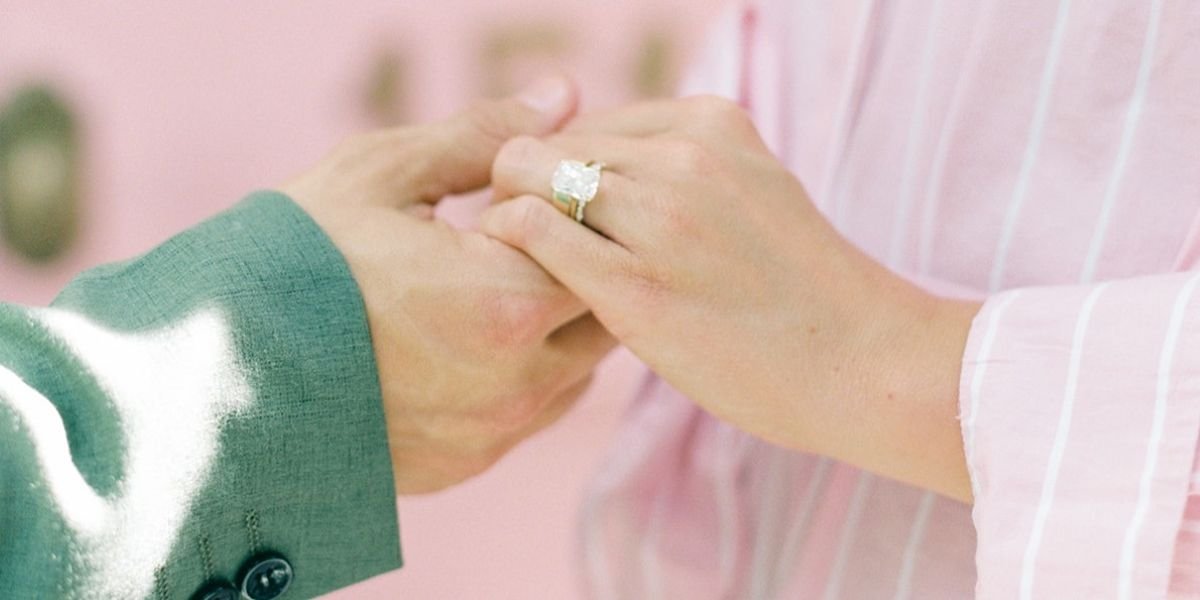Sometimes, the idea of beauty can feel a bit overwhelming, pushing people towards perfection, symmetry, and flawlessness. But in Japanese aesthetics, there’s a lovely concept that gently turns this idea on its head: Wabi-Sabi. It’s not a quick concept to explain in just a few words, but at its heart, Wabi-Sabi is about finding beauty in things that are imperfect, impermanent, and incomplete. It celebrates authenticity, simplicity, and the marks that time and nature leave behind.
It’s about seeing the charm in things that are humble, rustic, and not outwardly flashy. It’s a quiet appreciation for the natural cycles of growth and decay, recognizing that everything changes and nothing lasts forever. This philosophy offers a refreshing perspective, encouraging a more accepting and perhaps less stressed way of looking at life and the world around us.
Read also: Less is More: Embracing Minimalist Fashion for Effortless Style in 2025
Beyond the Obvious: Appreciating Flaws and Age
For many, beauty is often associated with newness and a pristine appearance. Wabi-Sabi invites a different kind of gaze, one that finds appeal in what might traditionally be considered flaws. Think about a beloved old wooden bowl that has gained a subtle patina over years of use, or a ceramic cup that has a visible crack repaired with gold lacquer (a technique called Kintsugi). These are not seen as damaged; instead, the marks of age, wear, and repair tell a story and add character.
This concept celebrates asymmetry and irregularity, which are common in nature. A tree might have a branch that grows in an unexpected direction, or a stone might have a uniquely rough texture. Wabi-Sabi encourages noticing these unique qualities, rather than seeking perfect, manufactured uniformity. It’s about recognizing that beauty can be found in the subtle nuances and the evidence of time’s passage, seeing them as integral to an object’s life and charm.
Wabi-Sabi in Everyday Life: From Art to Home
Wabi-Sabi isn’t just an abstract idea; it’s a philosophy that shows up in many aspects of Japanese art, design, and daily living. In traditional pottery, for example, a piece might be intentionally asymmetrical, have a rough, unpolished finish, or feature glazes that pool in uneven ways. These characteristics are embraced as part of its beauty, not as defects. Japanese gardens, particularly Zen gardens, also embody Wabi-Sabi through their natural, unmanicured appearance, often incorporating weathered stones or moss-covered elements that reflect age and the passage of time.
In interior design, Wabi-Sabi might translate to a preference for natural materials like unfinished wood, linen, and stone, chosen for their raw beauty and how they age gracefully. Spaces are often kept simple and uncluttered, with a focus on functionality and a few carefully chosen, well-loved items. It encourages people to appreciate the simple pleasures and the inherent beauty in things just as they are, rather than constantly striving for perfection or accumulating more possessions. It’s about finding richness in less, and contentment in what already exists.
Read also: The Slow Living Movement: Prioritizing Mindfulness and Intentionality
A Calmer Perspective: How Wabi-Sabi Can Influence Well-being
Embracing the principles of Wabi-Sabi can offer more than just an aesthetic appreciation; it can also foster a calmer and more accepting mindset in one’s personal life. In a world that often demands perfection and constant striving, a Wabi-Sabi perspective can help reduce stress by encouraging individuals to let go of the need for everything to be flawless. It promotes acceptance of life’s imperfections and the natural changes that occur, both in surroundings and within oneself.
This philosophy encourages a more mindful way of living, prompting people to pay attention to the subtle details and fleeting moments that might otherwise be overlooked. By finding beauty in the simple and transient, one can cultivate a deeper sense of gratitude and contentment with the present moment. It’s about understanding that growth and beauty come from the authentic, the lived, and even the slightly broken, rather than a manufactured ideal. This gentle perspective can lead to a more peaceful and less demanding approach to daily life.









